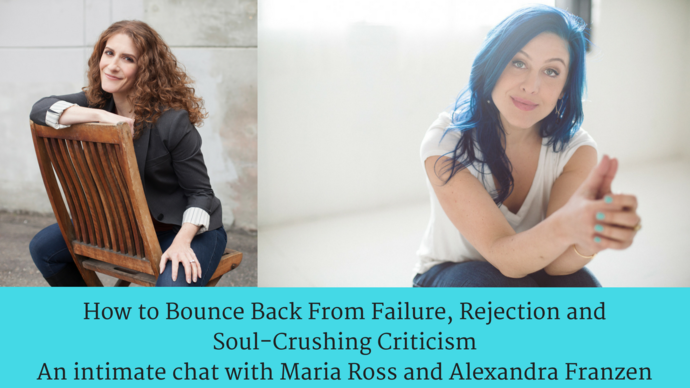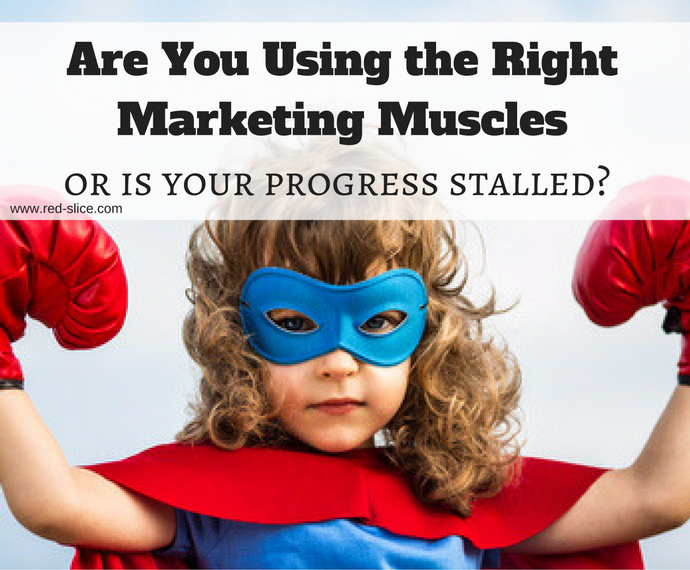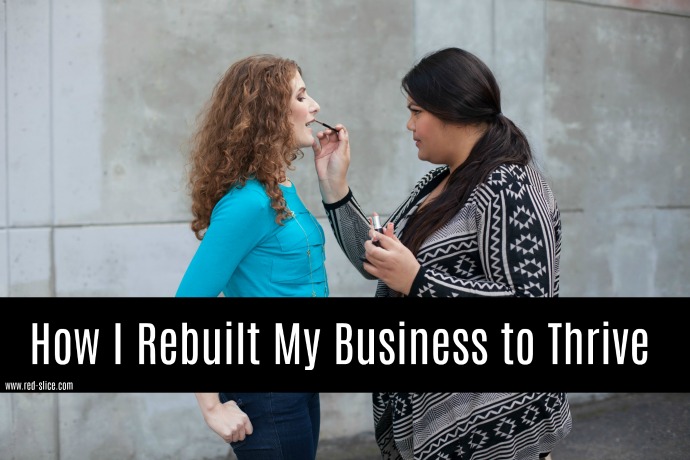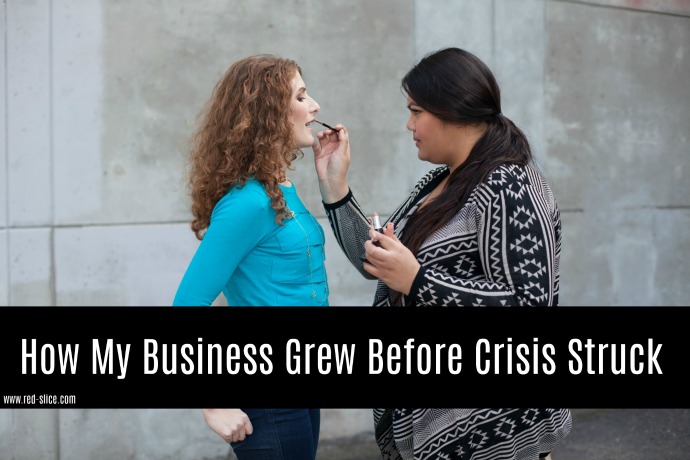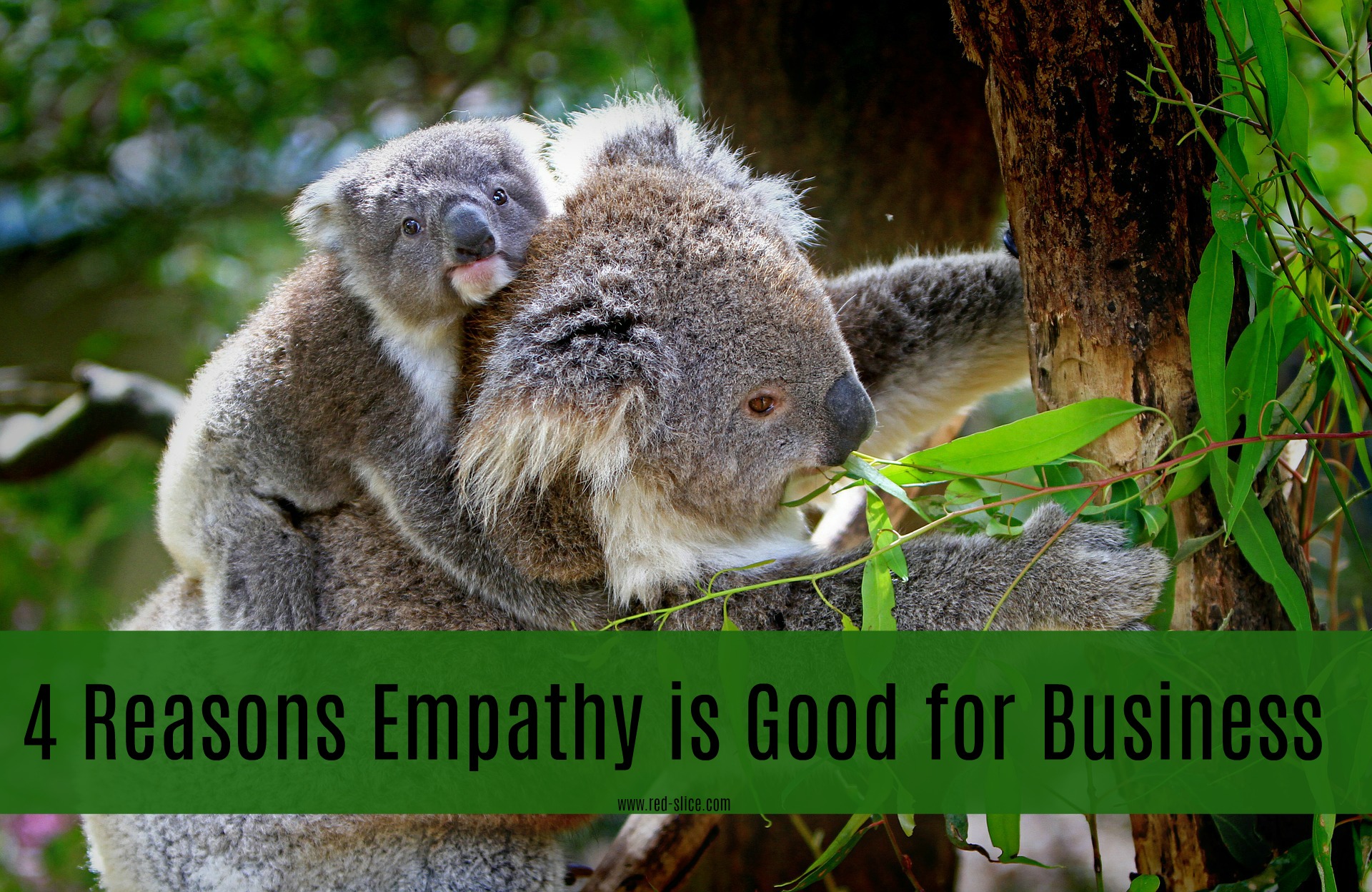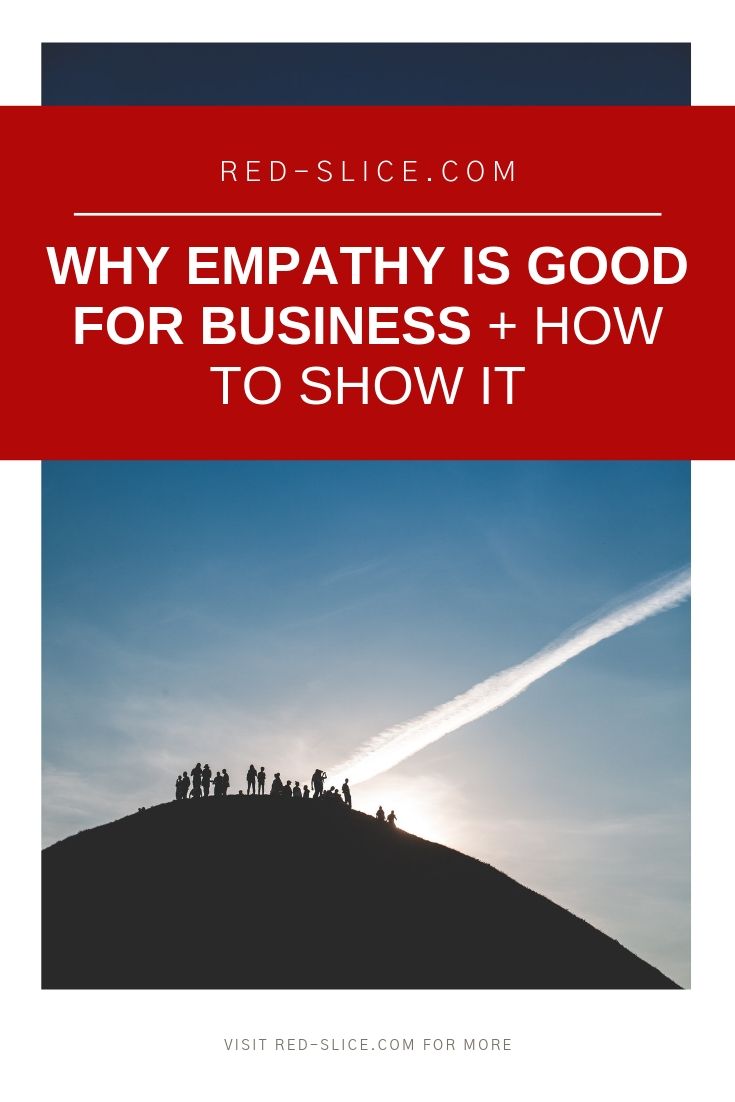Ever experience soul-crushing, heart-breaking, confidence-shattering criticism, failure or rejection?
If you’re human, of course you have. If you say you never have, you’re a Cyborg and I’m terrified of you.
Life as an entrepreneur – no, as a human being – is full of ups and downs. So much of what we see out there in books and on the Internet is about extreme success: the overnight sensation, the instant millionaire or the glamorous thought leader.
But rarely do folks we look up to open up about their biggest failures or rejections – and more importantly, how they survived and came out the other side stronger, smarter and braver.
Many of you may already know my dear friend, writing teacher and author Alexandra Franzen. Her latest book is called You’re Going to Survive. The subtitle is killer: True stories about adversity, rejection, defeat, terrible bosses, online trolls, 1-star Yelp reviews, and other soul-crushing experiences—and how to get through it.
Feeling discouraged about your career? Maybe you’re dealing with… A frustrating client. A product launch that didn’t work out so great. A painful 1-star review. Maybe online trolls are mocking your latest project. Or maybe you applied for your dream job and you didn’t get chosen. Again.
For tough moments when you could really use a friend, this book is a MUST for your bookshelf. Inside, you’ll find encouragement, humor, and inspiring true stories about turning defeat into big opportunities.
When Alex asked me if she could include one of my own stories, I was honored to share my lessons learned with others about how I bounced back from some hurtful (and kind of odd) negative online reviews to my personal memoir, Rebooting My Brain.
It’s a delight to share with you this exclusive video conversation with Alex about all things creative living, rejection, pride, failure and strength. Settle in and enjoy this intimate and inspirational conversation.
There is so much juicy advice in this video, but you’ll especially enjoy these highlights:
On keeping creativity alive in your work:
“I need to not feel like I’m doing 100% client work; I need to have space for my own art projects” – 10:05
On why she wrote this book:
“My hope is that when someone’s having a hard day, they can pick it [the book] up and have some hope” – 13:22
On what makes you successful:
“The people who are able to succeed in their industry, they are the persistent people…they go back in, over and over” – 23:06
One her own setbacks and rejections:
“I had gotten about 20 rejections in total for this book alone” – 27:14
“I’ve had my work plagiarized, 1-star Amazon reviews and my website completely stolen and someone pretending to be me.” – 11:39
On what “persistence” really means:
“Persistence is not doing the same thing over and over, banging your head on a locked door and getting nowhere. It’s keeping the train moving forward, but finding creative ways to keep things moving along and keeping your vision.” – 29:18
“Discipline and devotion is required, like a musician practicing in the janitors closet or garage in the middle of a winter snow storm” – 33:30
On how to recover from rejection, criticism or failure:
“We are often faced with a choice after rejection; Do we give up or go back in just one more time. Ellen’s story of rejection ended up being more uplifting” – 16:47
“Don’t isolate yourself. Set a timer for your meltdown, and then reach out.” – 39:14
On how to get more work – and how to keep it fresh:
“The more specific I am about what I’m doing, the more likely people will hire me” 4:39
“In order to describe your work, look outside of your industry for inspiration” -7:54
On how to turn rejection into success:
“I opened it [the book] up to my community after being rejected 20+ times, openly and vulnerably, and that was the door that opened for the book” – 28.08
Putting yourself and your work, voice or art out into the world is scary. You may fall, You may be criticized by a few. But you also may bring extreme joy, support, inspiration, hope and delight to many, many others. Never be afraid to share your work and your story. It’s worth it. And I promise: You’re going to survive. (TWEET THIS!)
P.S. Alex created a FREE “bonus extras” Audiobook of certain excerpts and advice told by those featured in the book (including my lovely message for you!) that is fabulous. Get your free “extra” audiobook here.
About the book:
Alexandra Franzen’s newest book is called You’re Going to Survive. It’s a book about how to deal with discouraging situations in your career, and how to build more resilience and keep marching towards your goals. The book has been called “uplifting and encouraging” and “your new best friend on a bad day.” Find the book on Amazon, Barnes & Noble, Books-A-Million, and IndieBound.
You’re Going to Survive – Kindle
You’re Going to Survive – Paperback
You’re Going to Survive – Spotify Music Playlist
About Alexandra Franzen
Alexandra Franzen is a writer, consultant, and entrepreneur based in Portland, Oregon. Her writing has been featured on websites like Time, Forbes, and Newsweek, and she’s been mentioned in places like The New York Times Small Business Blog, The Atlantic, and Inc.
Alexandra conducts writing classes and retreats, and works 1-on-1 with clients to help them complete all kinds of exciting projects—from books to podcasts to TEDx talks, and beyond. You can find all of Alexandra’s current projects at: AlexandraFranzen.com.


